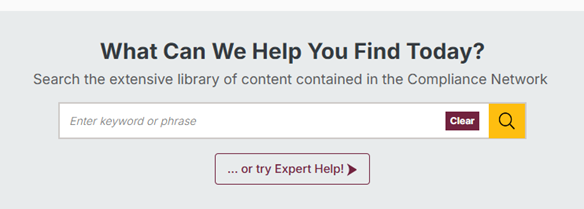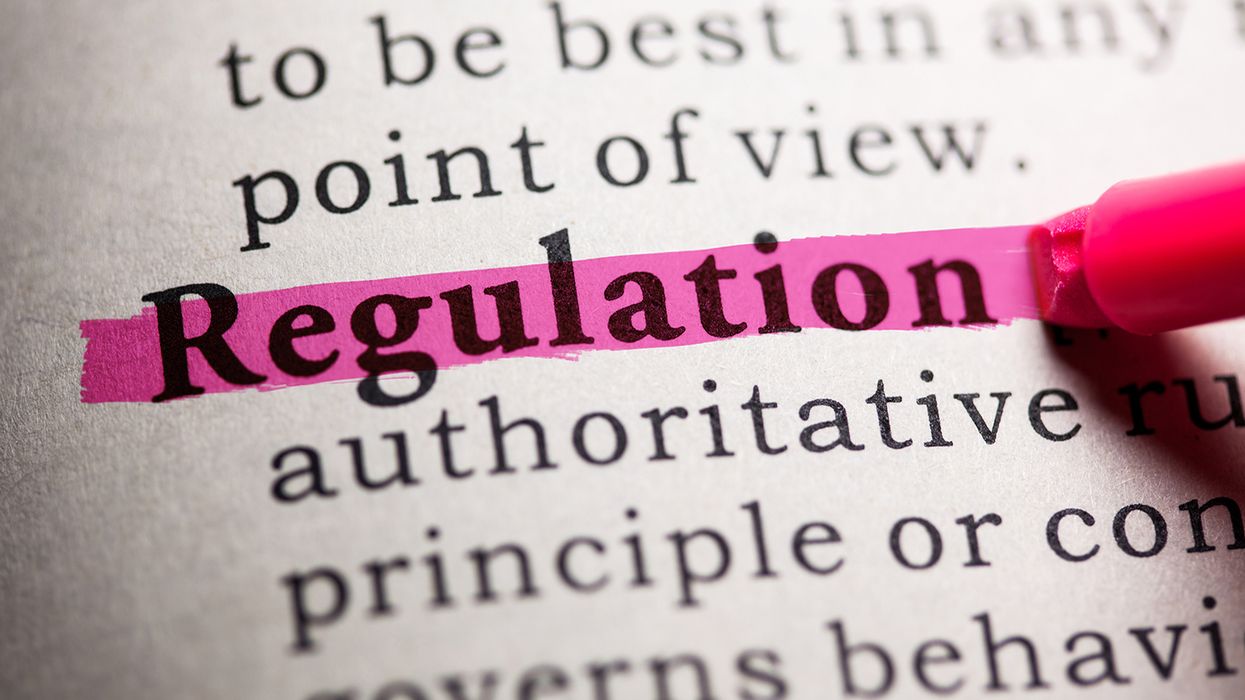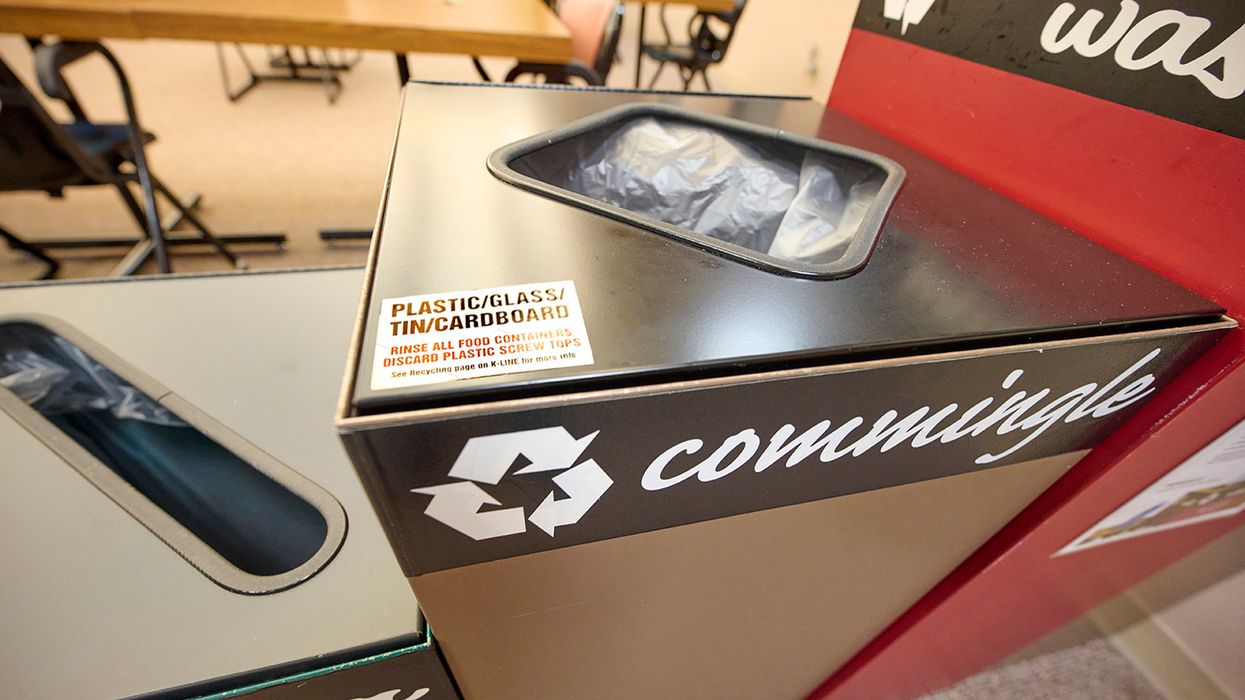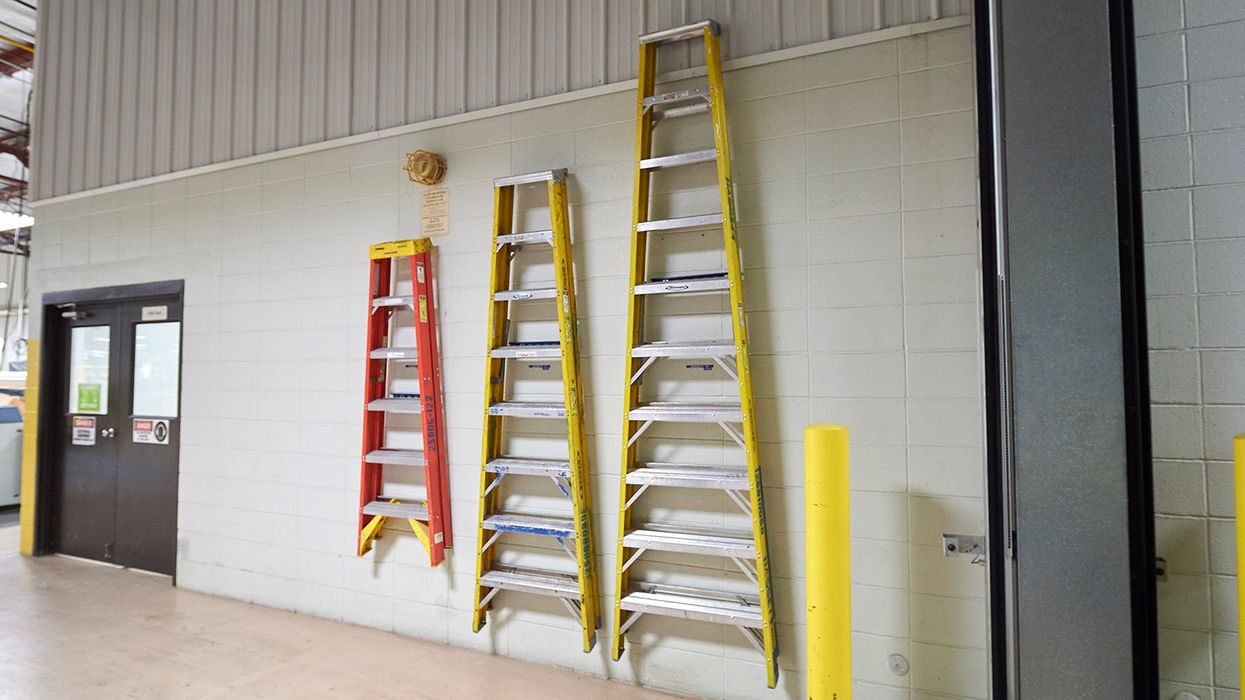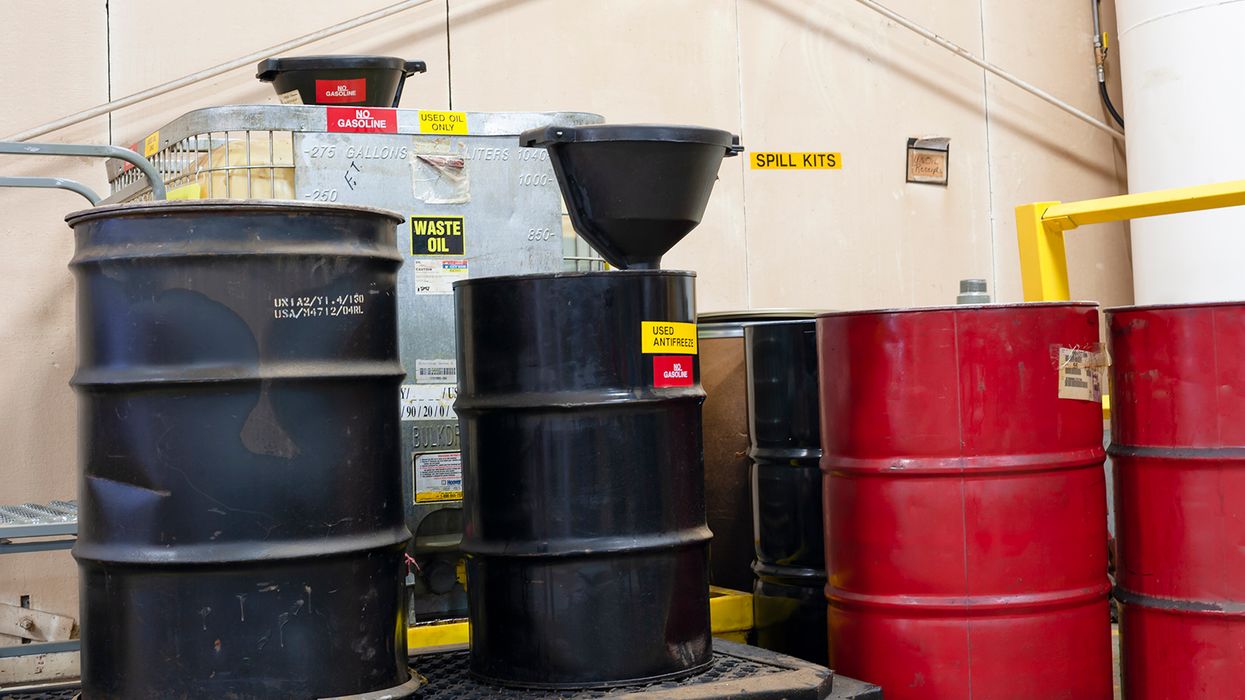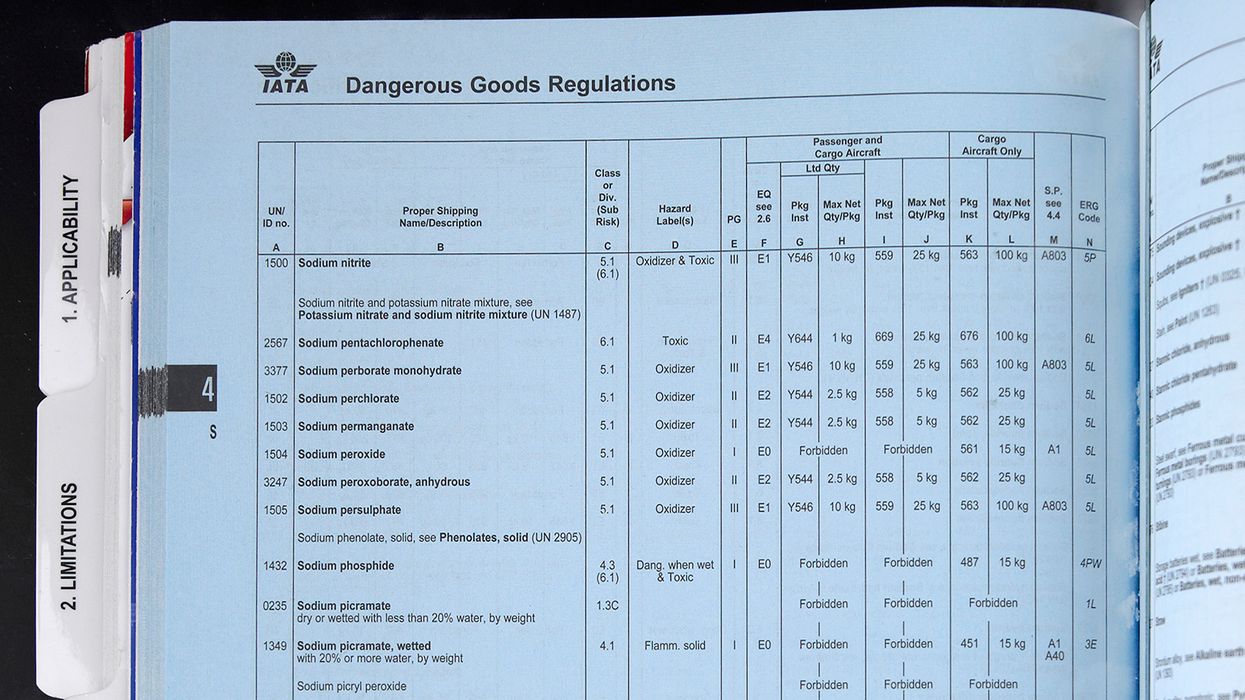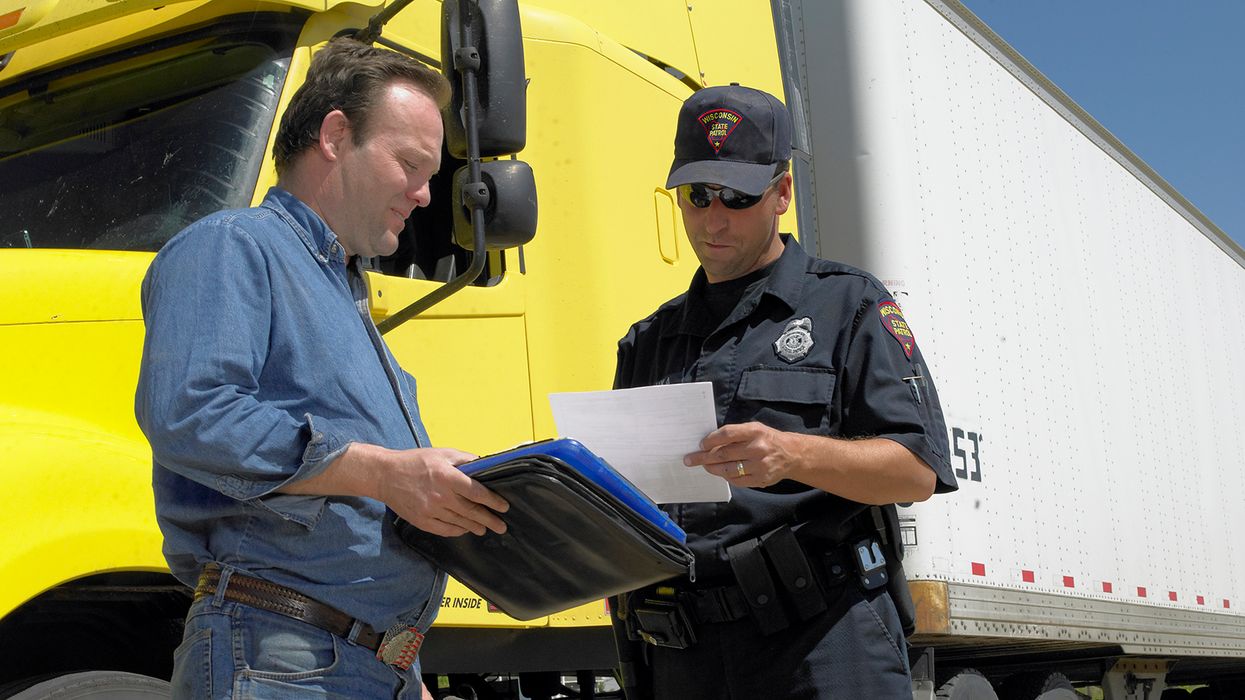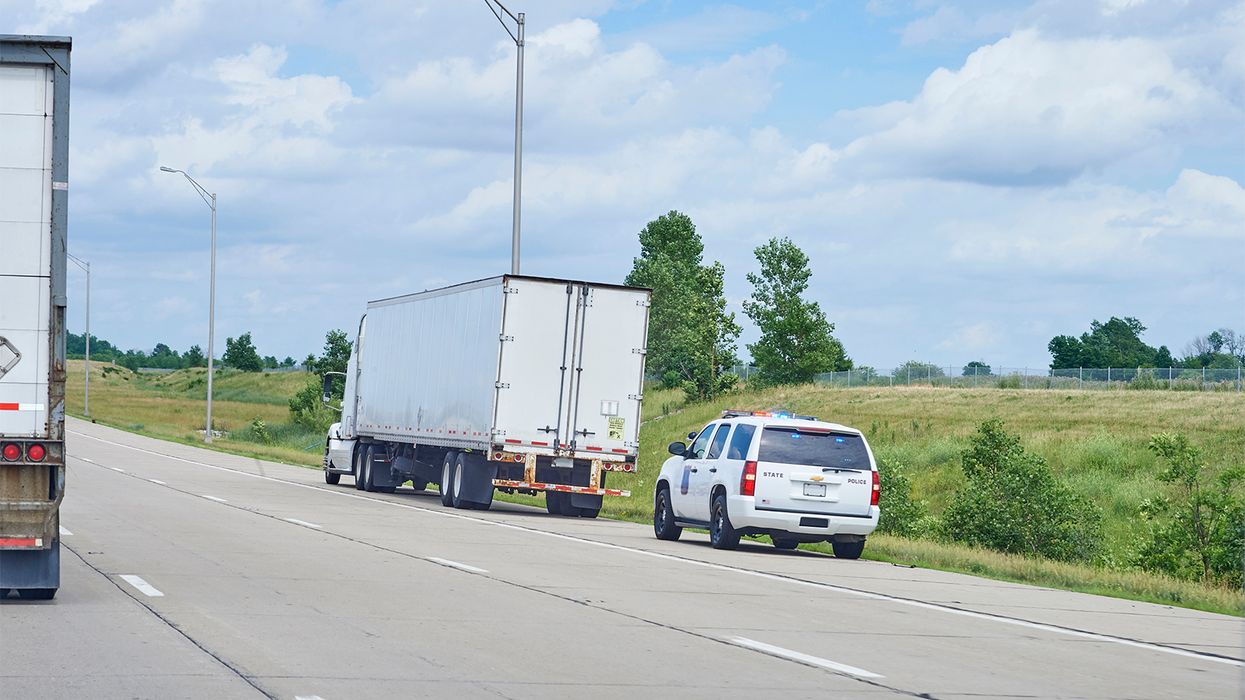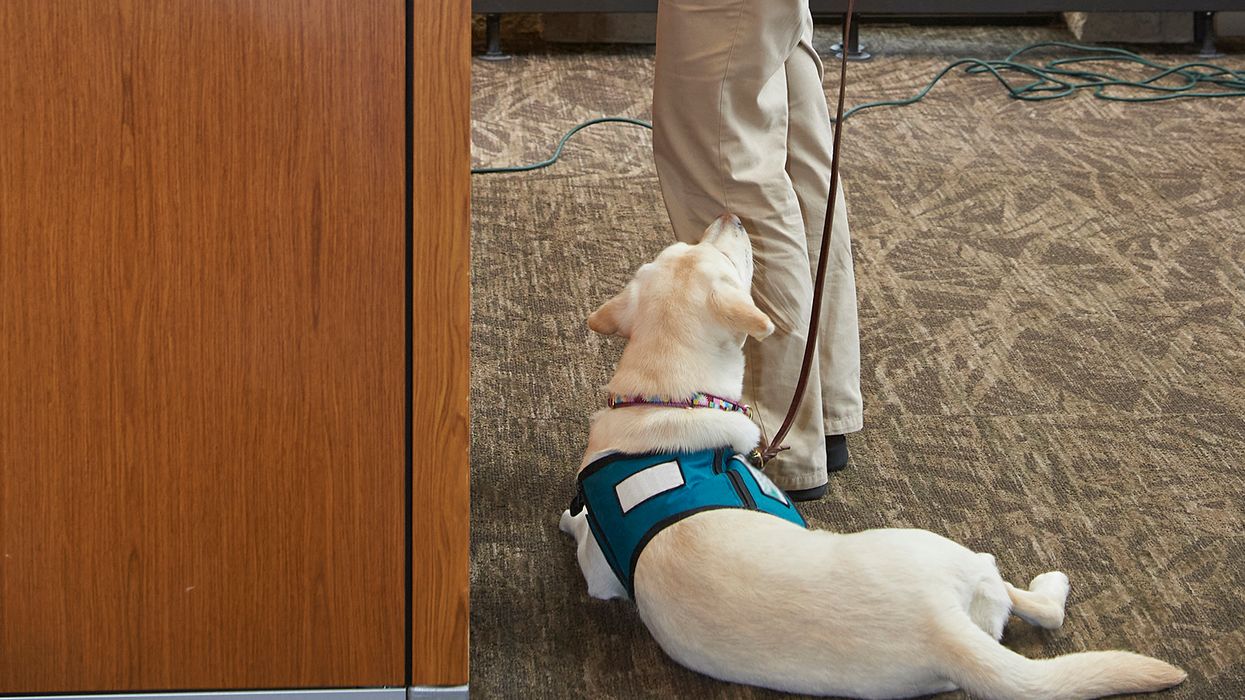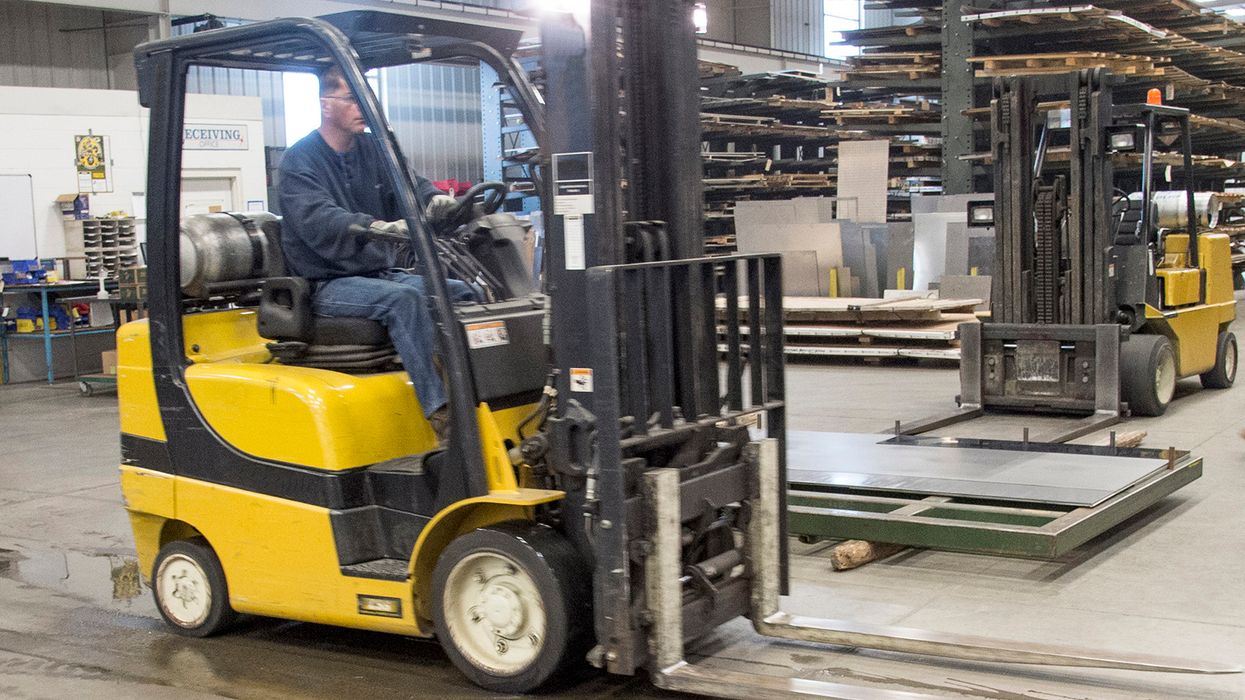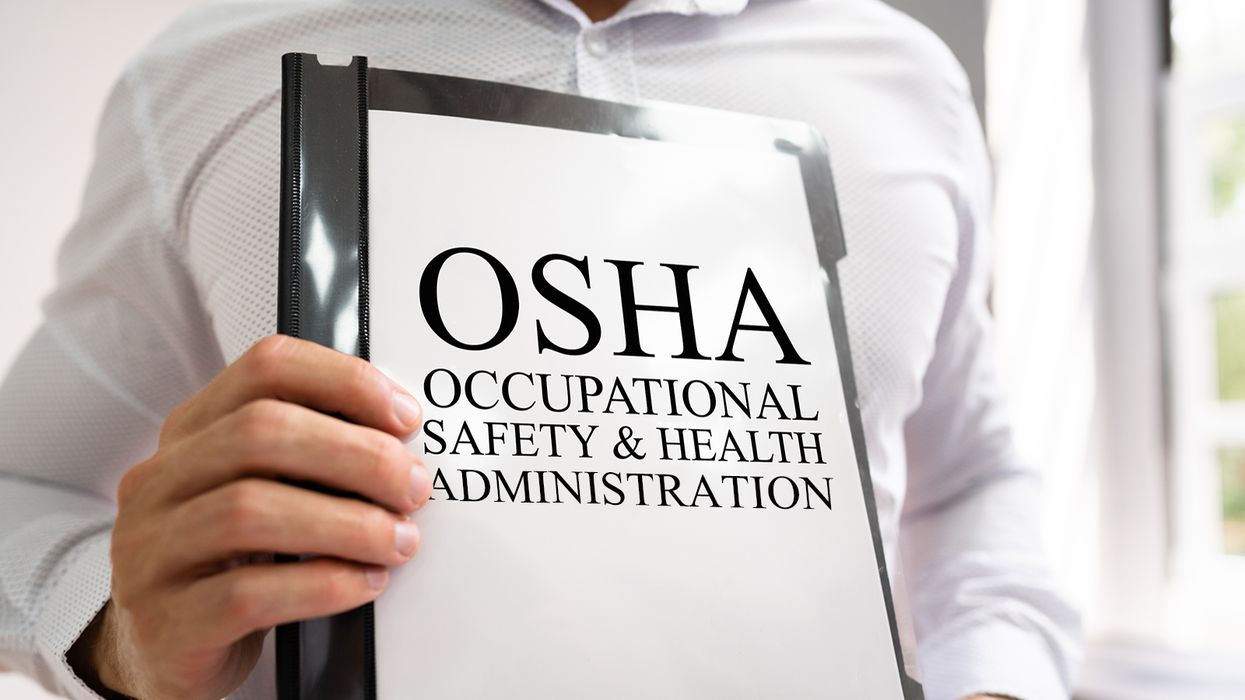Ergonomics and industrial hygiene (IH) are two important, but separate, fields that focus on ensuring the health, safety, and well-being of workers. Although they both help to create safe and healthy work environments, the terms should not be used interchangeably. It is important to recognize their unique areas of concentration in order to create comprehensive occupational health and safety programs.
Defining IH and ergonomics
OSHA defines IH as “that science and art devoted to the anticipation, recognition, evaluation, and control of those environmental factors or stresses arising in or from the workplace, which may cause sickness, impaired health and well-being, or significant discomfort among workers or among the citizens of the community.” IH focuses on identifying and controlling workplace hazards that may affect the health and well-being of workers.
Ergonomics is defined by the Centers for Disease Control as “the scientific study of people at work in order to prevent soft tissue injuries and musculoskeletal disorders caused by sudden or sustained exposure to force, vibration, repetitive motion, and awkward posture.” Ergonomics primarily deals with optimizing the design of workspaces and equipment to fit the capabilities and limitations of individuals.
Similarities between IH and ergonomics
Industrial hygiene and ergonomics both focus on ensuring the health, safety, and well-being of workers. Some similarities between the two include:
- Shared goal: Both IH and ergonomics aim to prevent workplace
- Employee well-being: Both fields prioritize the well-being of employees by identifying and addressing potential risks and hazards that may impact their health and safety.
- Risk assessment: IH and ergonomics involve conducting risk assessments to identify potential hazards and evaluate their impact on workers. This helps in developing strategies to mitigate or eliminate these risks.
- Data analysis: Both fields rely on data analysis to identify trends, patterns, and potential risks. This data helps employees make informed decisions and implement effective control measures.
- Collaboration: Industrial hygienists and ergonomists often work together to address workplace health and safety concerns. They collaborate on projects, share information, and provide recommendations to improve working conditions.
Differences between IH and ergonomics
While industrial hygiene and ergonomics share similarities, there are some key differences between the two fields.
Industrial hygiene is primarily concerned with identifying and managing potential hazards in the workplace that could negatively impact the health and well-being of workers. This includes assessing and monitoring exposure to physical, chemical, ergonomic, or biological agents. Industrial hygienists accomplish this through various methods, such as air sampling, noise monitoring, and ergonomic evaluations to assess and control these hazards.
Ergonomics is designed to enhance efficiency, comfort, and safety by reducing the risk of musculoskeletal disorders and other ergonomic-related issues. Ergonomists analyze the physical demands of tasks, assess workstations and equipment, and make recommendations to improve body mechanics, minimize physical strain, and reduce the risk of injuries.
Standards associated with ergonomic hazards
Federal OSHA does not currently have a specific ergonomics standard. Instead, OSHA cites ergonomic issues under the General Duty Clause, which requires employers to provide a safe and healthy workplace free from recognized serious hazards, including ergonomic hazards.
Effective January 1, 2024, five states will have implemented specific ergonomic regulations. They include:
- California
- Oregon
- Michigan
- Minnesota
- Washington
In a sense, ergonomics is part of IH much the way that respiratory protection is part of IH. Industrial hygiene is a broader field that focuses on the identification and recognition of hazards (including ergonomic hazards). Ergonomics is certainly a part of IH, but the science of ergonomics is a narrower field that focuses on evaluating specific types of hazards and developing solutions to the problems identified.
Key to remember: Ergonomics focuses on designing and arranging workspaces to optimize human performance and well-being, while industrial hygiene focuses on identifying and controlling workplace hazards to protect workers’ health and safety.





























